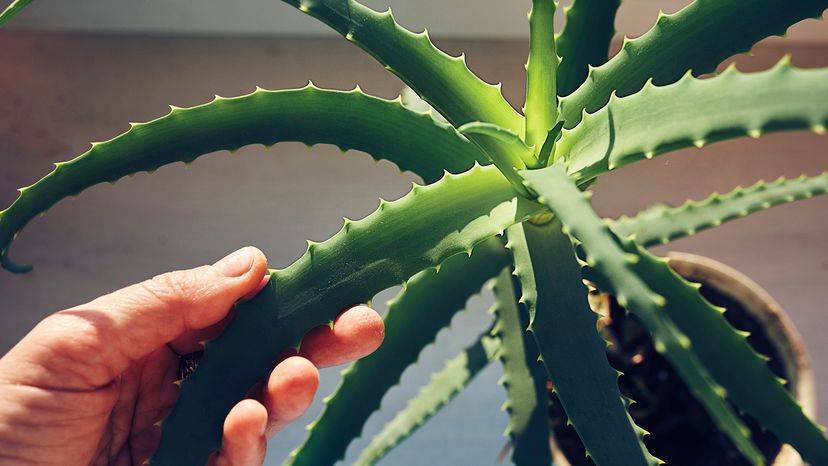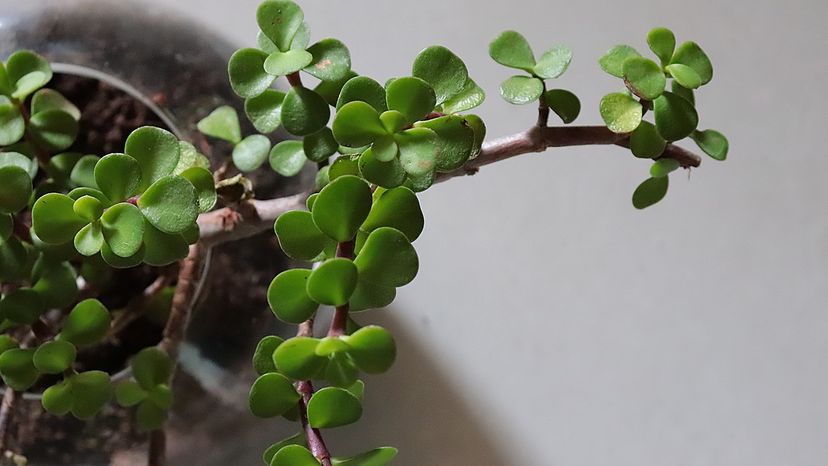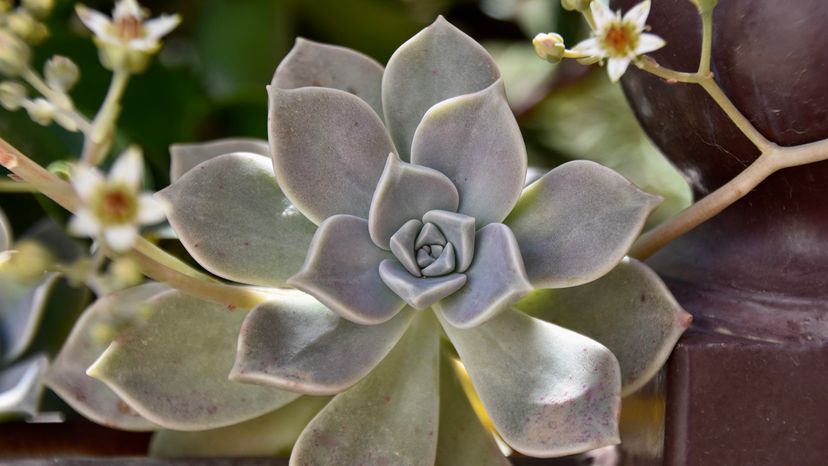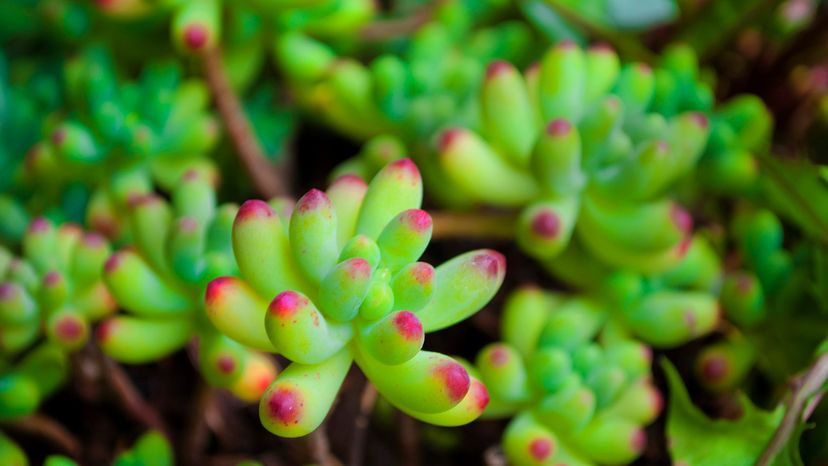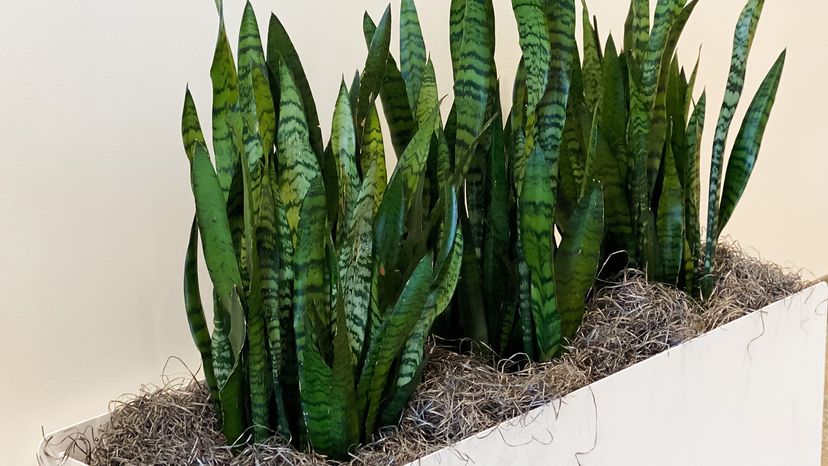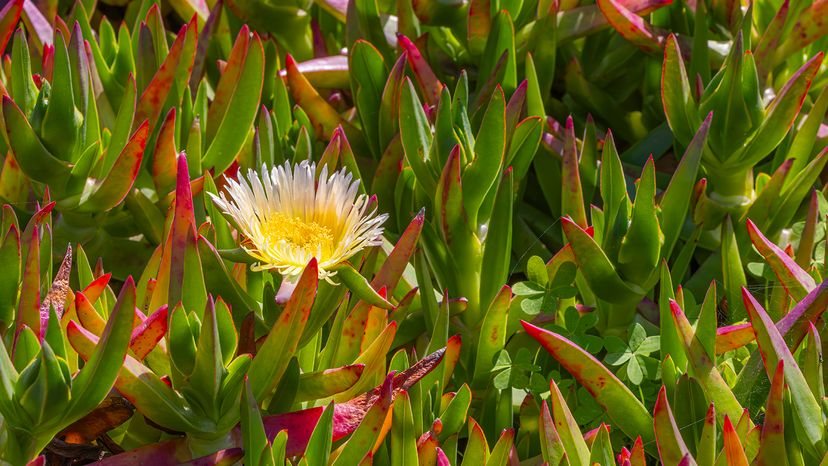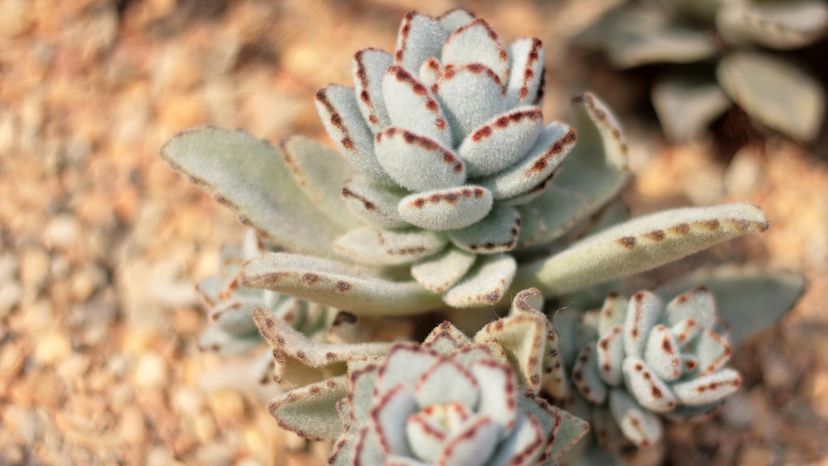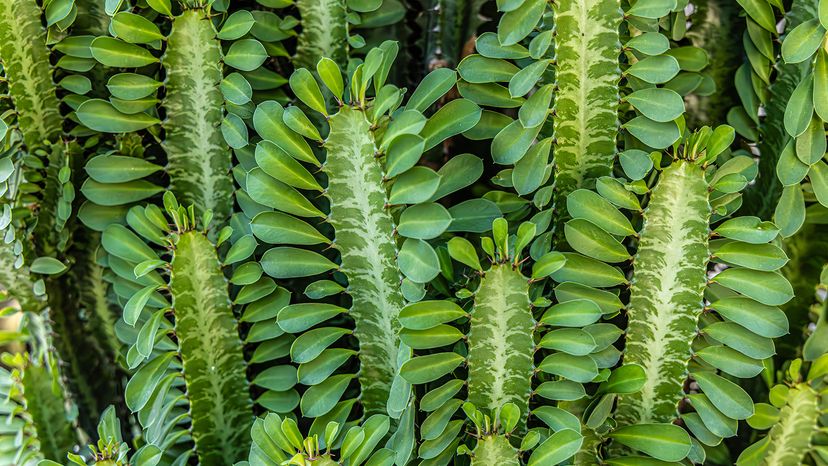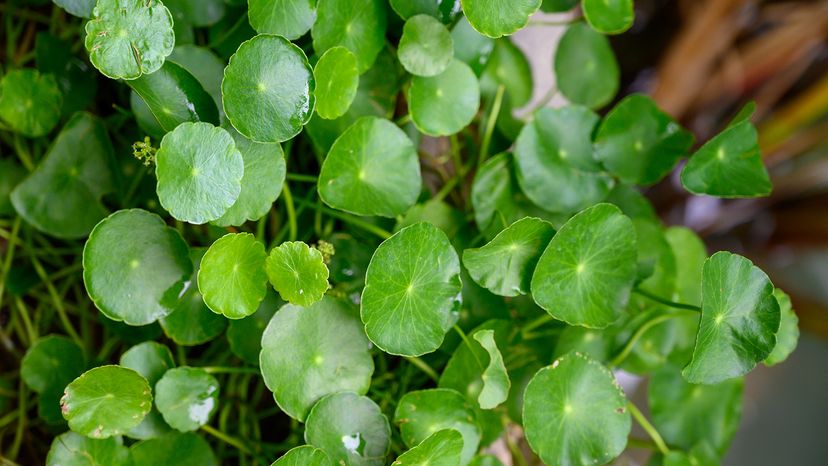
Looking to green up your space without a lot of fuss? These types of succulents thrive with minimal care and add a sculptural edge to any setting. Perfect for a succulent garden, indoor containers or even your desk.
Most succulent plants love well drained soil, bright light and infrequent watering. Let the soil dry completely between waterings to avoid root rot.
Advertisement
These plants are drought-tolerant, stylish and great for anyone new to gardening.
